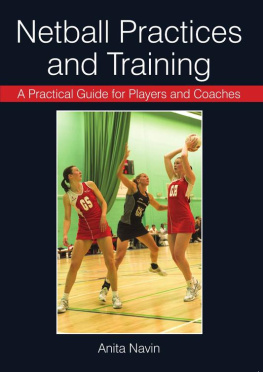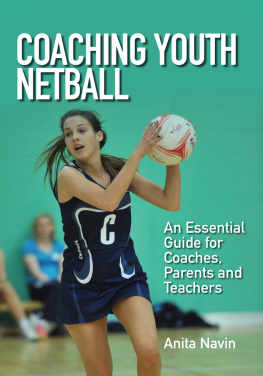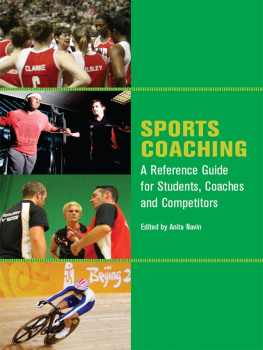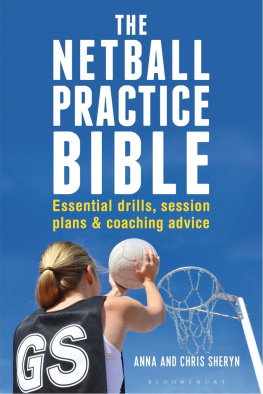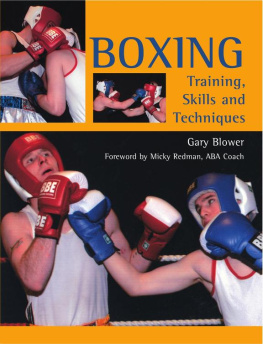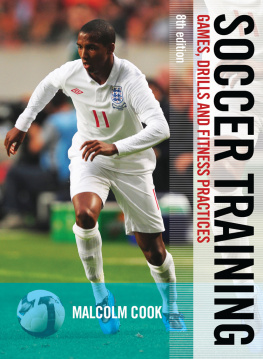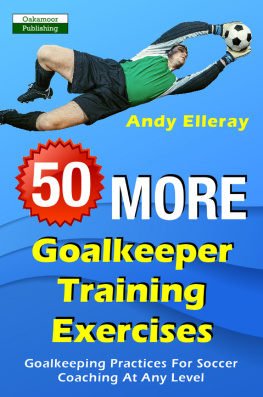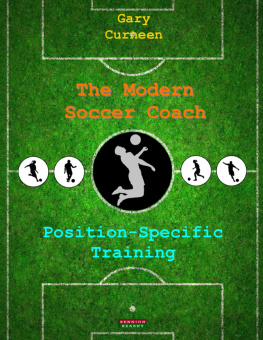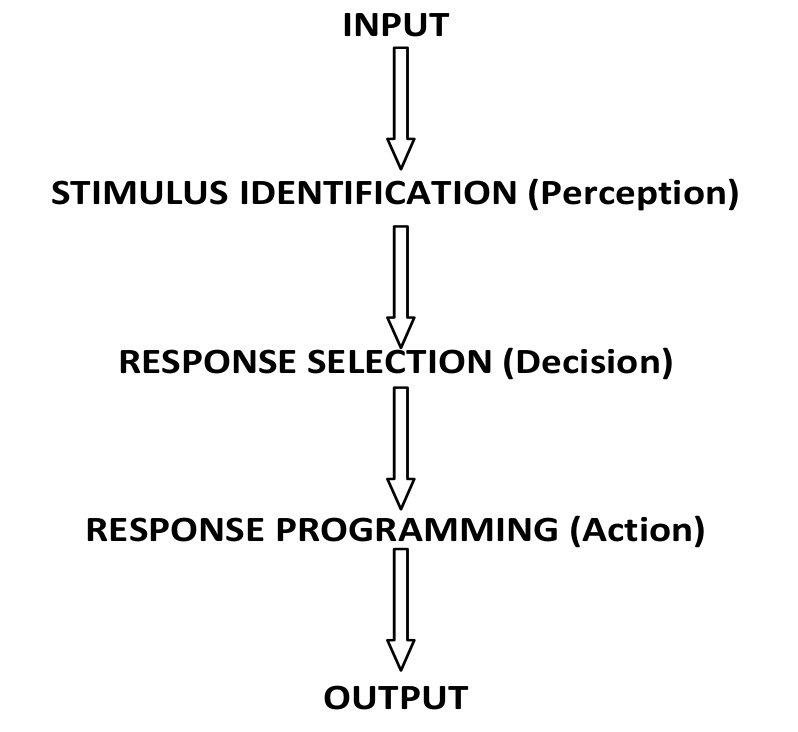First published in 2012 by
The Crowood Press Ltd
Ramsbury, Marlborough
Wiltshire SN8 2HR
www.crowood.com
This e-book first published in 2013
Anita Navin 2012
All rights reserved. No part of this publication may be reproduced or transmitted in any form or by any means, electronic or mechanical, including photocopy, recording, or any information storage and retrieval system, without permission in writing from the publishers.
British Library Cataloguing-in-Publication Data
A catalogue record for this book is available from the British Library.
ISBN 978 1 84797 584 3
Dedication
In memory of Julia Egan, a passionate sports fan and supporter of England Netball.
Acknowledgements
The author and publishers would like to thank the following for their help in the production of this book: Denise Egan for her expertise and knowledge in designing the chapter on Defending; Jane Lomax for her knowledge of Sport Psychology and the completion of Chapter 6; to Into Sport and Northumbria University for the photographs. Thanks also to the Into Sport Group for provision of practice diagrams, www.intosportgroup.com.
The implementation of decision-training by a coach will ensure that a performer can cope with the pressure of competition because they will have experienced a range of practice scenarios that simulate the competitive environment. Decision-training will build confidence and enhance the cognitive processes of a performer by developing attention, problem-solving skills and anticipatory components. Through a decision-training approach, the player will learn to make decisions under the many conditions encountered in the sport.
The Benefits of Decision-Training Practices
* Develop a capacity to anticipate forthcoming events.
* Attend to critical cues.
* Practice in selecting the best response from memory.
* Develop selective attention and learn to focus on the correct cues.
* Make effective decisions in pressure situations.
Decision-training practices provide the opportunity for physical and cognitive capacities to be developed, which will ultimately result in greater performance gains when compared to traditional closed practices.
Skilled performance is often measured by the consistency in the response demonstrated by a performer. Skilled performance will display the following features:
* Task-orientated and goal-directed.
* Involve some neurological activity and cognitive processes.
* Is dependent upon practice and learning.
* Can be modified and regulated to adapt to varying contexts.
Skilled performance therefore has a specific objective and purpose, incorporates decision-making, requires a commitment to practice and can be modified to suit internal conditions (such as effort) and external ones (such as opponents).
In every sport an individual will be forced to make a range of decisions prior to the execution of a pass, for example: When and where to pass the ball? What weight of pass is required? What type of pass to execute? The decisions requiring attention relate closely to what are called perceptual factors. For example, an attacking player in any invasion game (such games have three common aims, which are to gain and regain possession, create space to move into another teams half and finally to score more points than the other team to win the game) would consider the following factors prior to executing a movement in order to free themselves from an opponent:
* The free space and where to move.
* Timing: when to move and when to break free.
* Speed and pace required to free oneself.
* Direction and angle of the movement.
This processing of information can be broken down into stages and this is outlined below:
The stages of processing relating to the decision-making between the input (individual receives environmental information) and output (final action) are identified as: Stimulus Identification, Response Selection and Response Programming. Within the Stimulus identification stage an individual will analyse the environmental information using their senses, that is, auditory, vision and kinaesthetic. At this stage the performer will assimilate the information and detect movement, speed and direction of any objects or opponents. At the conclusion of this initial stage, the performer will have a clear overview of the information presented for the second stage of Response Selection.
Given that the nature of the environment has been determined, the performer must make a decision as to what, if any, action is required. If a response is required, the individual must now select an appropriate movement from a range stored in memory from previous experiences. For example, a basketball player may have a choice to pass or dribble; given enough space in front and no approaching defender, the player would choose the latter.
Once this decision has been made, the information is passed through to the Response Programming stage. Here, the plan of action is formed and through a range of cognitive processes the muscles are directed to contract in a correct sequence, with appropriate force and timing. The output stage represents the end result of information processing.
Decision-making is governed by a performers reaction time and this is best defined as the time gap between the presentation of the stimulus and the start of the response. Reaction time can therefore serve as a time measure of the three stages outlined above. The shortest reaction time appears when there is only one stimulus and one response (Simple Reaction Time). However, when numerous stimuli are presented with several possible responses (Choice Reaction Time), this increases the time taken to react. Thus a performer should aim to deceive their opponent by increasing the number of actions, for example, using a variety of shots in badminton with similar preparatory stages would effectively delay the opponents information processing.
A coach must therefore apply this notion of information processing to ensure that the practices planned for a session incorporate opportunities to make decisions in environments offering a range of stimuli at the input stage. Vickers (1996) accounts for two distinct methods of coaching. The first method, known as the Traditional or Technical method of coaching, is outlined as possessing the following features:
* Technical and physical emphasis.
* Progressing from simple to complex practices.
* Large amounts of coach feedback.
* Repetitive (blocked) practice.
* Low levels of questioning.
* Low levels of athlete detection and correction of errors.
* Low levels of performer cognitive effort.
A coach utilizing this method would only implement competitive situations as the season progressed, therefore the result would be to produce a well-drilled and successful performer early in practice but one who would fail under the pressure of competition.
The second method is the decision-making approach, in which the following features are identified by Vickers:
* High levels of cognitive effort.
* Combined skill (random) practice.

